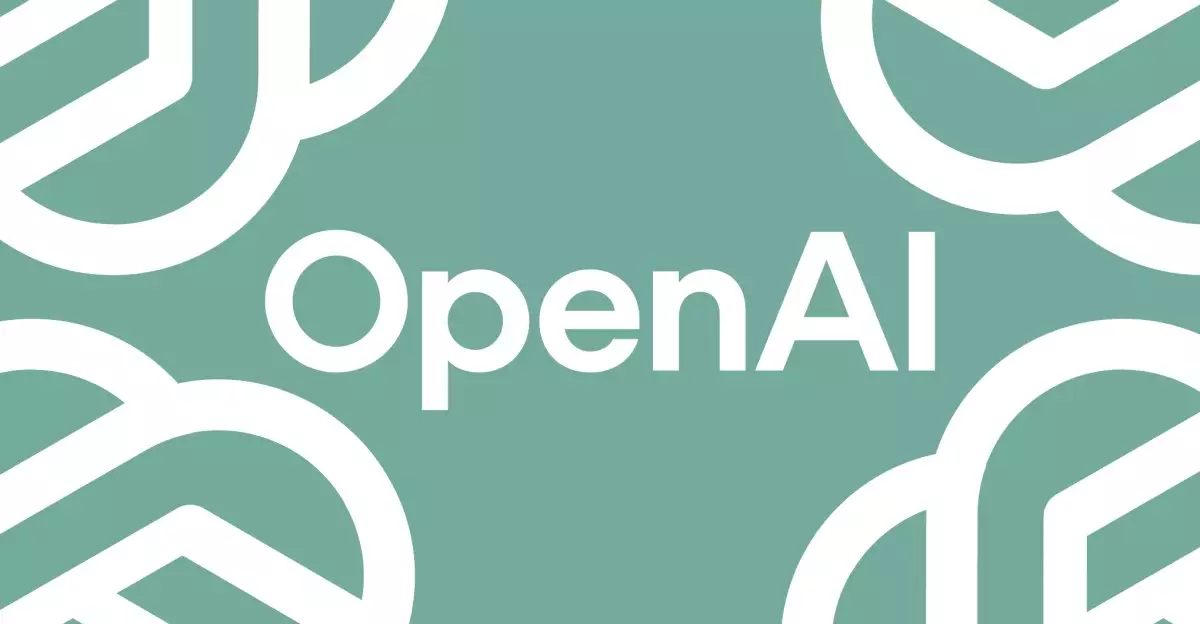OpenAI has made waves in the tech community by unveiling its latest advancement in artificial intelligence—the GPT-4.1 model. This replacement for the earlier GPT-4o model sets a new precedent for multimodal capabilities, reiterating OpenAI’s commitment to pushing the boundaries of what AI can accomplish. Unlike the previous generation, GPT-4.1 boasts a staggering expansion in its context window, allowing it to process up to one million tokens. This is a monumental upgrade from GPT-4o’s cap of just 128,000 tokens, thus transforming how developers can interpret and manipulate large sets of data.
Cost-Effective Innovation
One of the most significant aspects of GPT-4.1 is its economic efficiency. With a reported 26% reduction in cost compared to GPT-4o, OpenAI targets developers who are increasingly price-sensitive in this competitive landscape. This adjustment seems an essential step, especially in the wake of alternatives like DeepSeek’s AI model, which emphasizes the importance of affordability in cutting-edge technology. OpenAI’s introduction of smaller models—GPT-4.1 Mini and GPT-4.1 Nano—serves a dual purpose: providing wallet-friendly options for developers and reinforcing OpenAI’s drive towards democratizing access to advanced AI.
Performance and Reliability: A Leap Forward
In the context of performance, OpenAI proudly asserts that GPT-4.1 outperforms GPT-4o across nearly every measurable dimension. The company trained GPT-4.1 not just to comprehend a greater volume of information, but to do so with increased accuracy and reliability. It now features enhanced capabilities in coding and instruction following, which are critical for developers looking to leverage AI for diverse applications, from software engineering to educational tools. Such advancements echo OpenAI’s commitment to creating technology that is not merely powerful, but also dependable in real-world applications.
A Strategic Shift in Development
As OpenAI shifts its focus toward the release of newer models, the phase-out of GPT-4 by the end of April signifies a strategic pivot in its development roadmap. Originally slated for a quick release, the anticipated GPT-5 has been postponed, emphasizing the company’s cautious yet deliberate approach to innovation. This delay could reflect OpenAI’s preference for delivering well-optimized, robust models rather than flooding the market with half-baked alternatives.
Furthermore, this careful curation presents an opportunity for OpenAI to strengthen its market position against emerging competitors and maintain its reputation as a leader in AI development.
Immediate Impact and Future Prospects
The introduction of GPT-4.1 has already manifested its impact on the user experience for developers across various sectors. With soaring demand for AI-powered tools, OpenAI’s initiative to refine its models appears timely and relevant. The recent upgrades made to GPT-4o further demonstrate the company’s agility in response to user feedback and evolving market needs. As the AI ecosystem continues to expand, GPT-4.1 stands as a crucial player, not just for OpenAI but for the broader industry that relies on intelligent automation and enhanced operational efficiencies.
The unveiling of GPT-4.1 indicates that OpenAI is not just concerned with keeping pace; it intends to lead the charge into a future where AI becomes an indispensable asset across all domains of life.


Leave a Reply